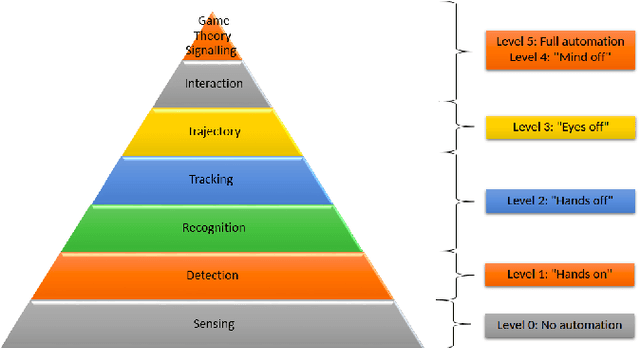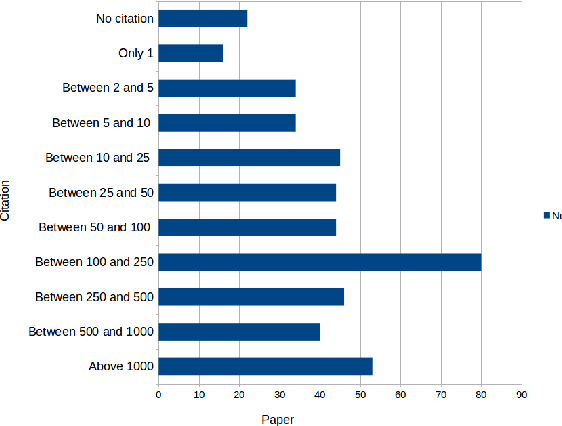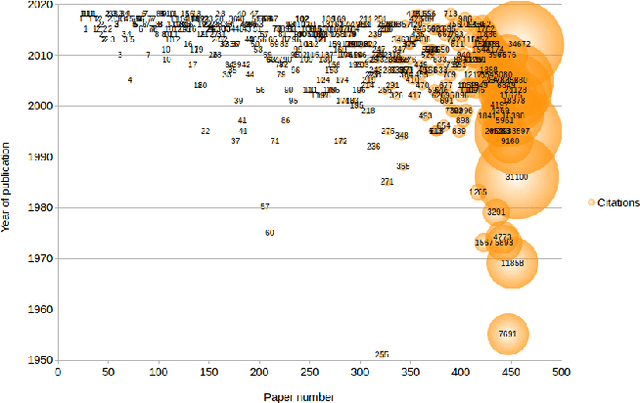Natasha Merat
Institute for Transport Studies, University of Leeds, Leeds LS2 9JT, UK
Cross or Wait? Predicting Pedestrian Interaction Outcomes at Unsignalized Crossings
Apr 17, 2023



Abstract:Predicting pedestrian behavior when interacting with vehicles is one of the most critical challenges in the field of automated driving. Pedestrian crossing behavior is influenced by various interaction factors, including time to arrival, pedestrian waiting time, the presence of zebra crossing, and the properties and personality traits of both pedestrians and drivers. However, these factors have not been fully explored for use in predicting interaction outcomes. In this paper, we use machine learning to predict pedestrian crossing behavior including pedestrian crossing decision, crossing initiation time (CIT), and crossing duration (CD) when interacting with vehicles at unsignalized crossings. Distributed simulator data are utilized for predicting and analyzing the interaction factors. Compared with the logistic regression baseline model, our proposed neural network model improves the prediction accuracy and F1 score by 4.46% and 3.23%, respectively. Our model also reduces the root mean squared error (RMSE) for CIT and CD by 21.56% and 30.14% compared with the linear regression model. Additionally, we have analyzed the importance of interaction factors, and present the results of models using fewer factors. This provides information for model selection in different scenarios with limited input features.
Pedestrian Models for Autonomous Driving Part II: high level models of human behaviour
Mar 26, 2020



Abstract:Autonomous vehicles (AVs) must share space with human pedestrians, both in on-road cases such as cars at pedestrian crossings and off-road cases such as delivery vehicles navigating through crowds on high-streets. Unlike static and kinematic obstacles, pedestrians are active agents with complex, interactive motions. Planning AV actions in the presence of pedestrians thus requires modelling of their probable future behaviour as well as detection and tracking which enable such modelling. This narrative review article is Part II of a pair which together survey the current technology stack involved in this process, organising recent research into a hierarchical taxonomy ranging from low level image detection to high-level psychological models, from the perspective of an AV designer. This self-contained Part II covers the higher levels of this stack, consisting of models of pedestrian behaviour, from prediction of individual pedestrians' likely destinations and paths, to game theoretic models of interactions between pedestrians and autonomous vehicles. This survey clearly shows that, although there are good models for optimal walking behaviour, high-level psychological and social modelling of pedestrian behaviour still remains an open research question that requires many conceptual issues to be clarified by the community. At these levels, early work has been done on descriptive and qualitative models of behaviour, but much work is still needed to translate them into quantitative algorithms for practical AV control.
 Add to Chrome
Add to Chrome Add to Firefox
Add to Firefox Add to Edge
Add to Edge